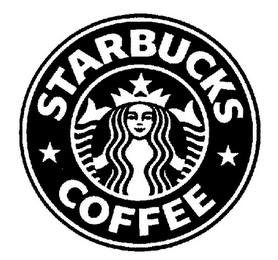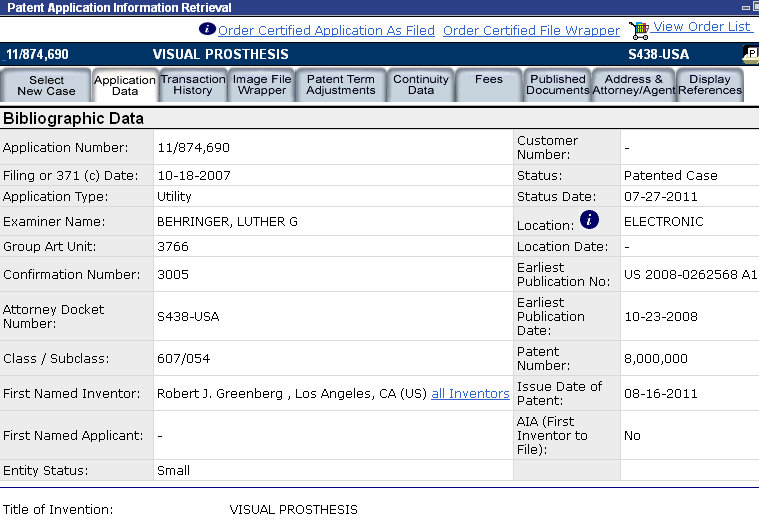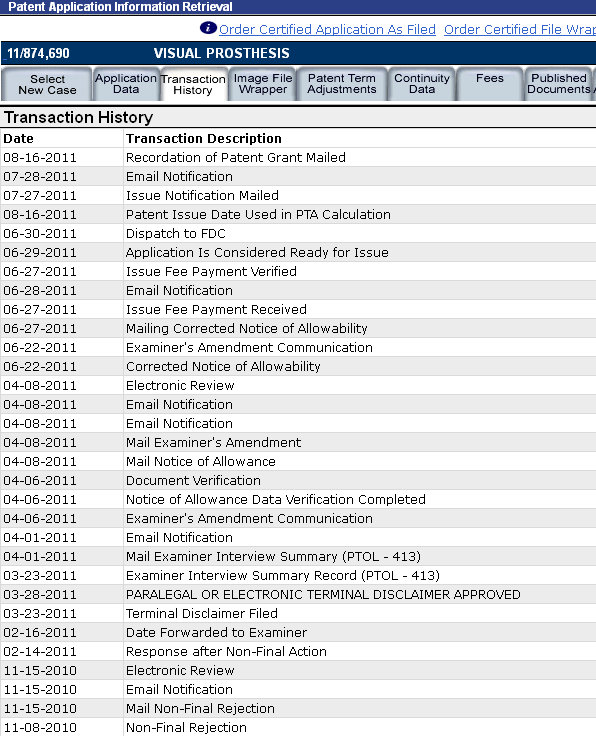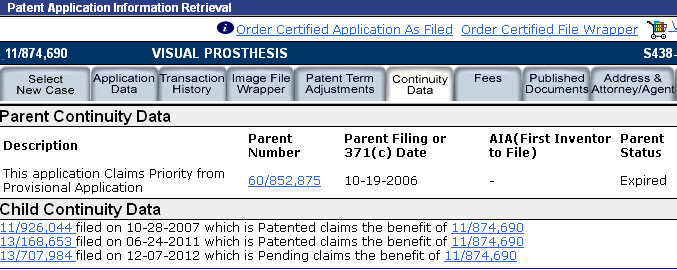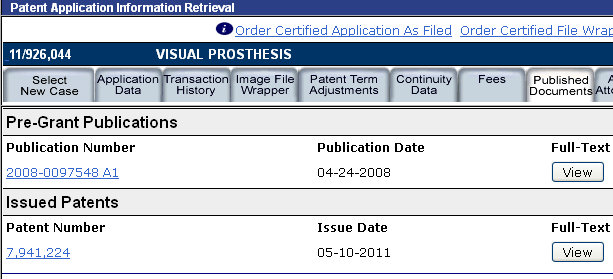 The date that you first used your trademark could be, but probably is not, the correct date to use as the first use in commerce date in a federal trademark application. Why? Because in many cases the first use of the trademark was on a website or marketing material before an actual sale or shipment of the goods or rendering of the service.
The date that you first used your trademark could be, but probably is not, the correct date to use as the first use in commerce date in a federal trademark application. Why? Because in many cases the first use of the trademark was on a website or marketing material before an actual sale or shipment of the goods or rendering of the service.
First Use in Commerce
For each class of goods or services in a federal trademark, you must declare when you first used the mark in commerce for those goods or services. Use in commerce has a specific meaning under the law. It does not mean simply using the mark. The use must also be combined with a sale of goods or a rendering of the services.
Use with Goods
For goods, the law provides a mark is used in commerce when (A) it is placed in any manner on the goods or their containers or the displays associated therewith or on the tags or labels affixed thereto, or if the nature of the goods makes such placement impracticable, then on documents associated with the goods or their sale, and (B) the goods are sold or transported in commerce. Therefore the mark must be used on or adjacent the goods as just described and the goods must be sold or transported in commerce.
For example, if you are selling food goods, it is not enough that the food goods were advertised. They must also be sold (or transported in commerce). If you first advertised the food goods with a flyer or on a website on January 1 and then made a first sale on January 5 of the food goods having the mark to an out-of-state customer, then the first use date for the application would be January 5. On January 5 the mark was used on the goods and the goods were sold. January 1 is not the first use date in commerce for the trademark application because the goods were not sold on or before that date. Advertising is not enough.
Use with Services
If you mark is used with services, the mark deemed to be used in commerce when the mark is used or displayed in the sale or advertising of services and the services are rendered in commerce, or the services are rendered in more than one State or in the United States and a foreign country and the person rendering the services is engaged in commerce in connection with the services. Therefore use requires (1) the mark to be used or displayed in the sale or advertising using the mark and (2) rendering the services.
For example, an architect launched a website on January 6, signed an engagement with a out-of-state client to provide architecture services on January 10, and delivered preliminary designs to the client on January 30. The use of the mark on the website on January 6 is not a use in commerce for federal trademark application purposes because services have not yet been rendered under the mark.
It is not clear if the activities on January 10 would qualify as having rendered services, because on that day only the engagement was signed and the facts do not indicate that any services were rendered on that date. On January 30 the services would likely be considered rendered because the architect delivered work product related to the services to the client on that date. Therefore, under these facts, January 30 would be the “at least as early as” use in commerce date.
There is some case law indicating that a use in commerce for services might occur before the date that services are actually rendered. However its usually best to take a conservative approach and specify a first use date when services have clearly been rendered for a customer.
What if in the above scenario, the architect met with the client on January 10 and during the consultation described the architectural options for the client’s project and suggested architectural changes to the client’s original plan. The suggested architectural changes are likely a rendering of architectural services, unless indicated otherwise by industry practice in the architectural field. Therefore, January 10 would be the “at least as early as” use in commerce date.
Preparing to Use and Advertising Alone is Not Use
Preparing to use and advertising without a sale of goods or rendering of services does not qualify as a use in commerce. In Aycock Engineering v. Airflite Inc. 530 F.3d 1350 (Fed.Cir. 2009), Aycock’s trademark registration on AIRFLITE was cancelled because Aycock had not rendered the services he claimed in the application before the application was filed. AIRFLITE was registered in 1974 for the services of “arranging for individual reservations for flights on airplanes.” The registration was renewed in 1994. In 2001 Airflite Inc. filed a petition to cancel the registration alleging that Aycock did not use the mark for the services before registration.
The court described Ancock’s plans: “Mr. Aycock did not plan on operating the chartered air taxi services himself. Instead, his goal was to develop a system where he would serve his customers by acting as the middleman, or ‘communication link,’ between the customer and one of the air taxi service operators he contracted with to provide flights on an individual seat basis.”
Aycock prepared for operations by: (1) obtained two toll-free telephone numbers that the public could use to make reservations; (2) inviting air taxi operators to join his operation with flyers providing information about the AIRFLITE service, and (3) entering contracts with some air taxi service operators were the operators agreed to participate in the AIRFLITE service and paid modest initiation fees to Mr. Aycock.
However, Aycock’s services never got off the ground. Aycock estimated that he would need 300 air service operators under contract to make his service work, but he only got 12 under contract at any one time. He never marketed AIRFLITE service to the general public and did not give the public the opportunity to use the toll free numbers to make reservation. He never arranged for a passenger to fly on a chartered flight.
The court found that Aycock never rendered services of arranging for individual reservations for flights on airplanes and therefore did not use the mark in commerce before the filing date of the application. As the original trademark application did not meet the requirements when it was filed, it was void and the registration was cancelled. The registration was cancelled in 2007 (by the Trademark Board) even though the registration was issued more than 30 years earlier in 1974.
At Least As Early As
Determining the proper at least as early as first use date is important, because declaring a first use date before the actual use can negatively impact your registration. Since the application provides “at least as early as” you can always prove up an earlier date during a dispute if needed. Therefore, when in doubt, error on the said of a later date verses an earlier date if you are uncertain if the earlier date qualifies. Or better yet, contact a trademark attorney for help.
Multiple Items in the Description
If you have multiple items listed in your description of goods/services in the same class, you should declare the date when all the goods/services listed in that class were rendered or sold. For example, say you declare the goods of t-shirts, shorts, and hats in class 25 in your application. You first sold a t-shirt having the mark on February 1, you first sold a pair of shorts having the mark on February 15, and you first sold hats having the mark on April 1. Then the first use date for all of these goods in class 25 would be the latest date of April 1. April 1 is the earliest date when on or before that date all of the listed goods in that class had been sold with the mark.
Save First Use Date Proof
The USTPO does not require that you submit proof showing the date of your first used in commerce. It does require a specimen showing the mark in use. But the specimen does not need to show the date of first use. For example, an invoice showing the date of first sale is not required by the USPTO. In many cases, the specimen (e.g. a photo of the goods having the mark, or advertising of the services) itself will not have a date of the corresponding sale of goods or rendering of services. However, you should keep a copy of such an invoice for your records. If another challenges the validity of your trademark application/registration by questioning your first use dates, having records showing the first use date will better position you to win that fight.
Providing an accurate first use date in commerce is important. In certain cases, providing an incorrect use in commerce date can result in the cancellation of the registration or denial of registration.
Photo credit to flickr user andrechinn under this creative commons license.
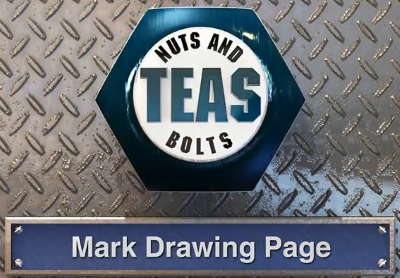 Filing a federal trademark application online looks easy. Just fill in the blanks in
Filing a federal trademark application online looks easy. Just fill in the blanks in 